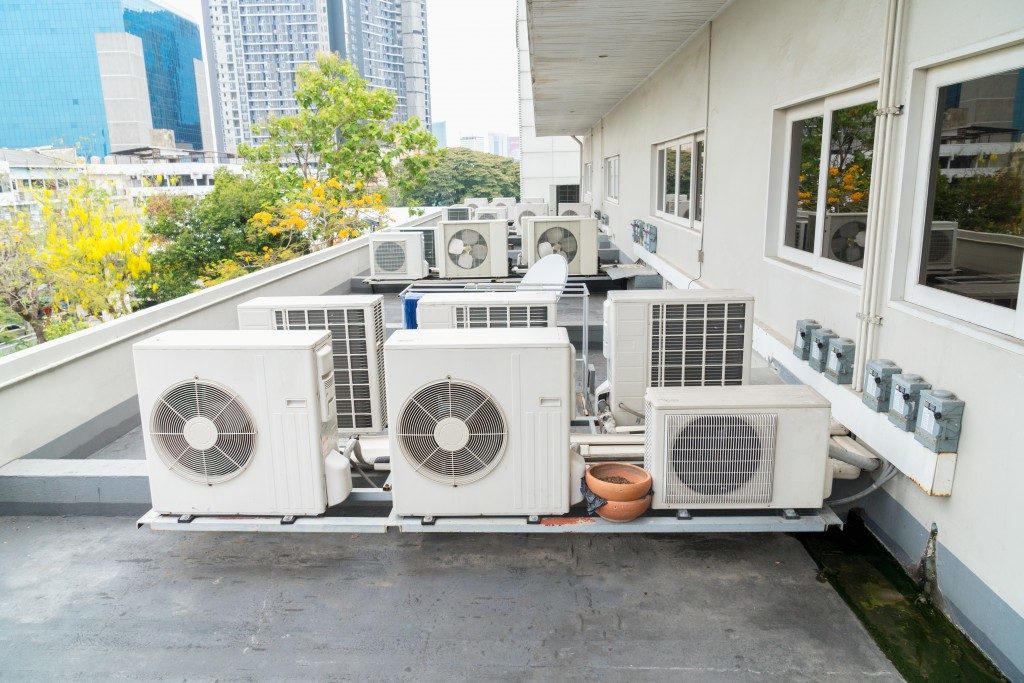Air conditioning is one of the many contributors to global warming, yet it does not seem that Americans and people around the world can live without it. This appliance uses energy, which is most likely from a non-renewable source.
The air that the AC draws from the home ends up somewhere, and that somewhere is the environment. Combining the heat from different areas within the Knoxville, TN locality creates what we call “heat zones.” The result is abnormal weather patterns because of disruption. To make matters worse, many systems still rely on refrigerants called hydrofluorocarbons (HFCs), which contribute to environmental degradation.
What simple steps can one take to reduce the impact of these devices?
Energy Star Labels
An air conditioning unit with an ENERGY STAR® certification uses much less energy compared to a conventional unit. Less energy means less carbon footprint. For a central air conditioner, there are usually two options: split system and packaged system.
Whichever option you take, remember that ENERGY STAR® certification oozes with simplicity. The U.S. ENERGY STAR website has all the information you need regarding any air conditioning solution you wish to check.
Shade: Keeping off Heat and Sunlight
In an effort towards achieving environmentally friendlier air conditioning solutions, designers have discovered that better building design can help. Air tightness and insulation are some areas that need more focus. A simple shade from a tree nearby can keep off heat and sunshine and reduce the air conditioning load.
Be careful about the condition of the outside unit, too. Give it some shade to enhance the coolness of air being drawn into the building.
Proper Use of Programmable Thermostat
If there is a simple way to improve the eco-friendliness for air conditioning units in Knoxville and other parts of TN, then it is the installation of a programmable thermostat. Apart from making temperature control hassle-free and reducing energy bills, this solution introduces remarkable energy efficiency that can promote a green environment.
A programmable thermostat allows you to set for less energy consumption when you are away from home. The comfort levels are unbelievable, so you have every reason to adopt this technology.
Air Conditioner Maintenance
Like any other major equipment at home, an air conditioner needs occasional tuning for maximum operating capacity. Filter cleaning and replacement is a must-do procedure. Other components related to the maintenance of the system are wiring, contactors, controls, and refrigerant.
Professional System Sizing

For the system to qualify as environmentally friendly, it must be of the right size. Undersized systems are always trying too hard to provide the required cooling, so they just pile up the energy bills for nothing. An oversized AC is not recommendable either.
When buying a unit, make sure you are getting the right size, so you need to have an idea of the amount of cooling you need first.
Fan Supplementation
Ceiling fans combined with air conditioning systems can achieve higher efficiency because they enhance the even distribution of air. The most attractive thing with fans is that they use just a fraction of energy despite their effectiveness in doing this job.
If you want to make your air conditioning system environmentally friendly, then these ideas are ideal starting points.

